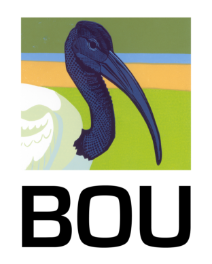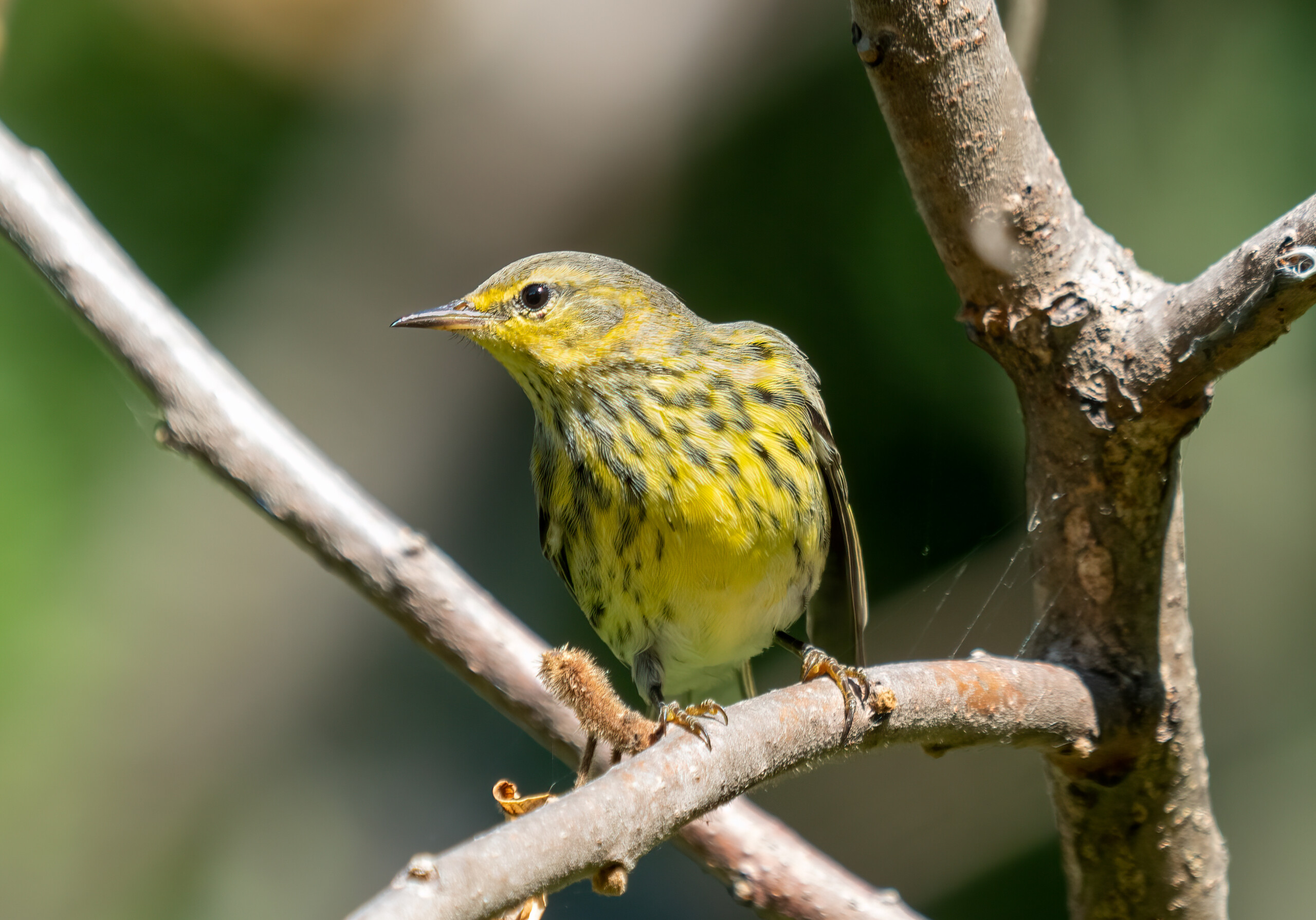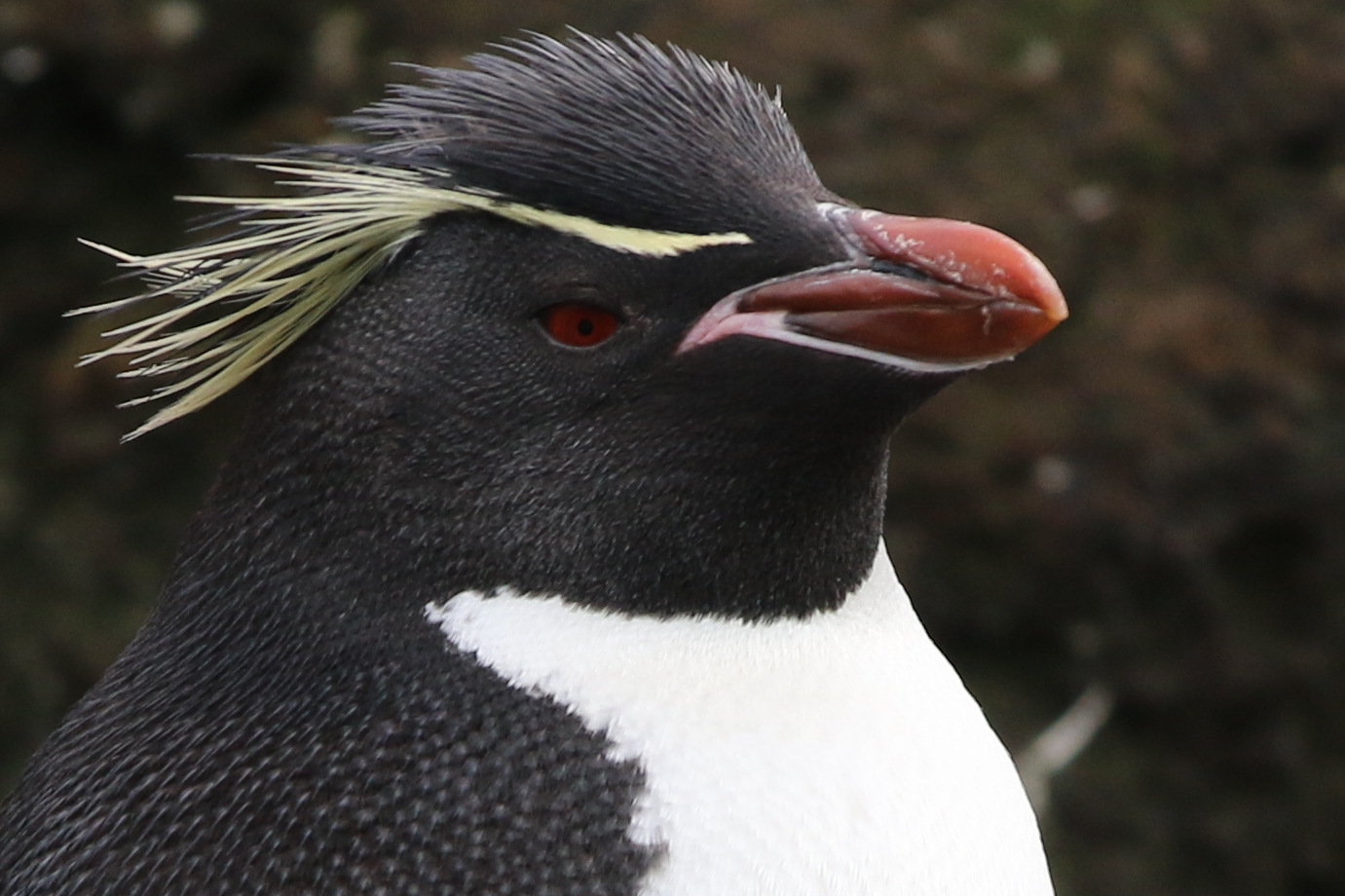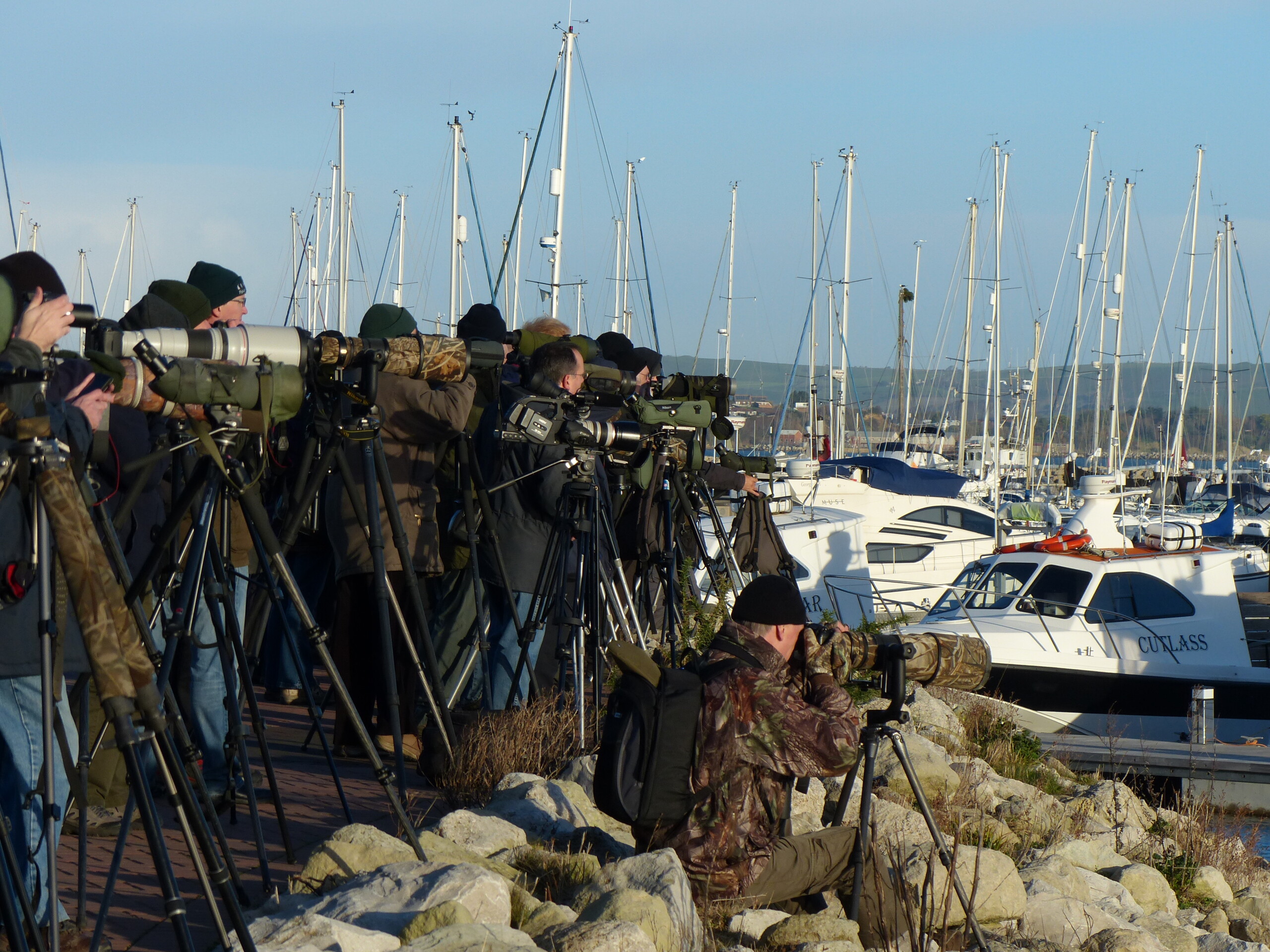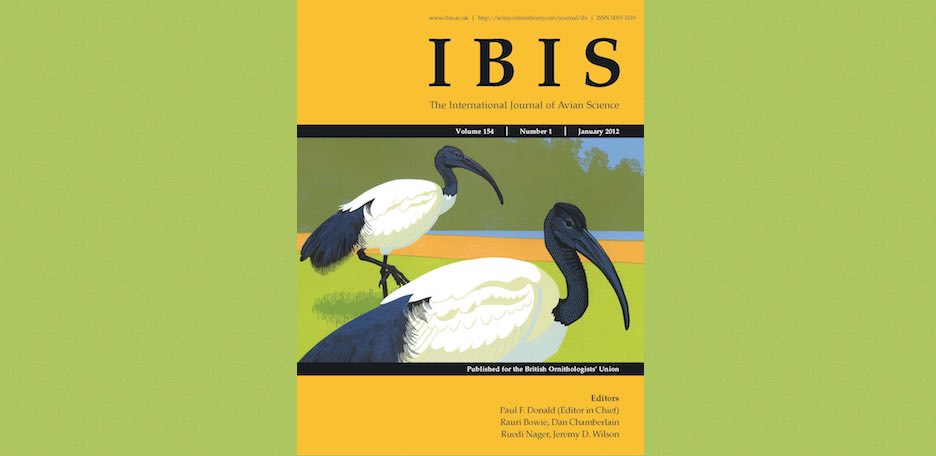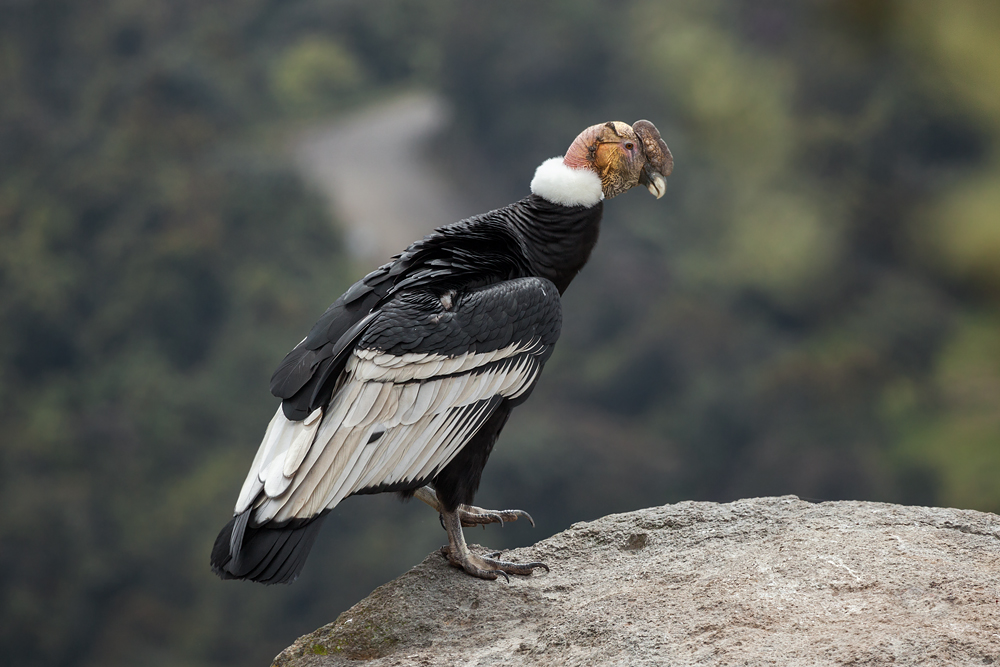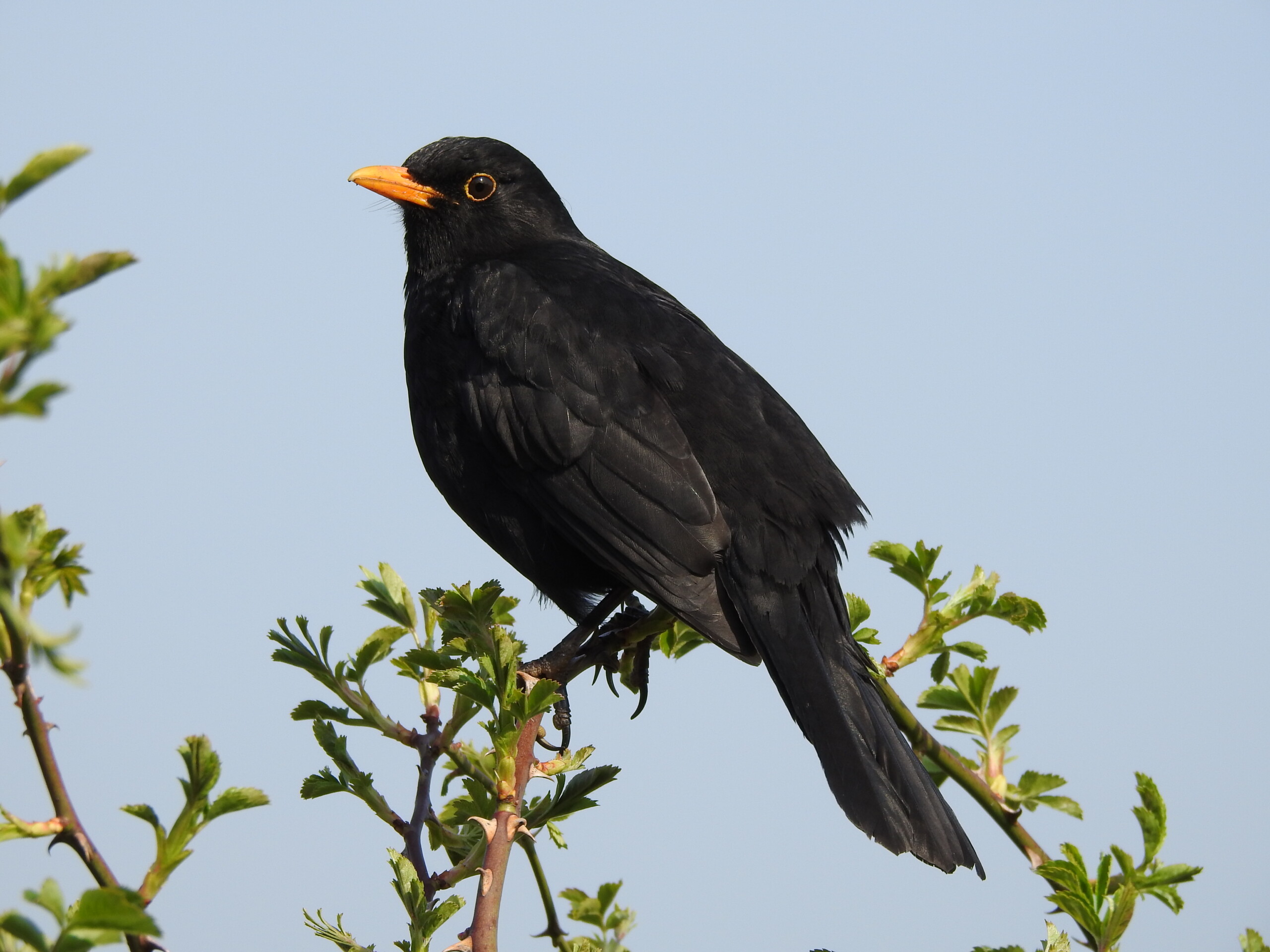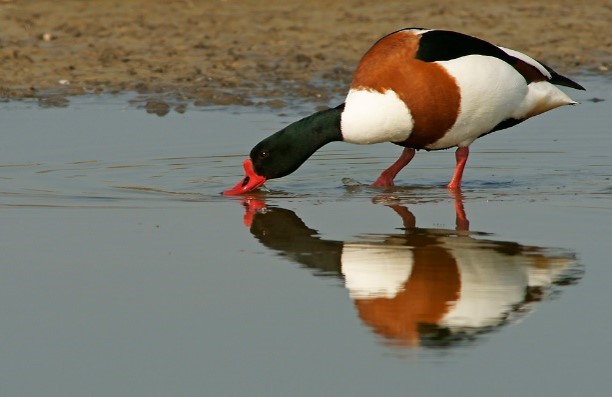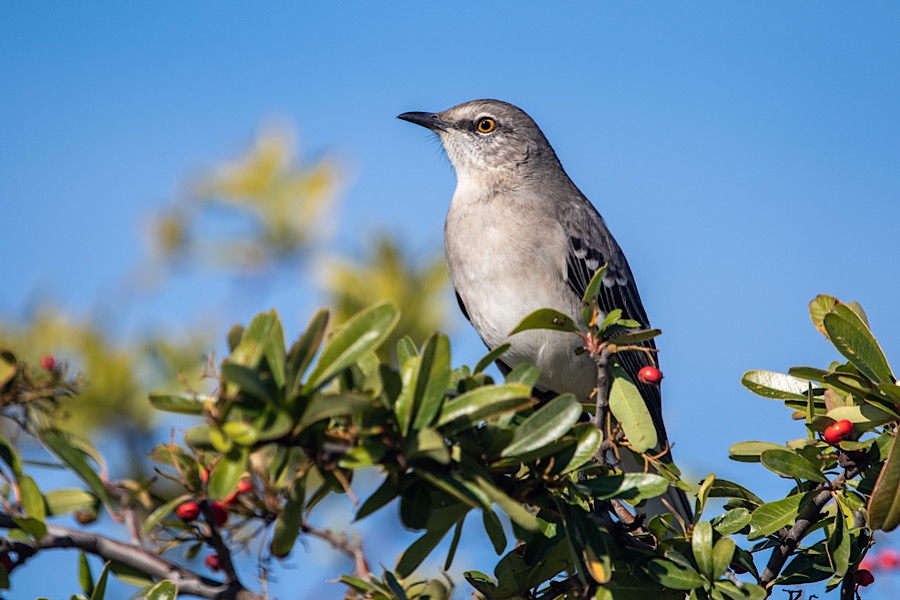The most popular topics
- acoustic monitoring (20)
- adaptation (35)
- adult survival (25)
- Africa (10)
- agriculture (23)
- albinism (1)
- alpine birds (12)
- Altmetric (12)
- altmetrics (6)
- annual cycle (18)
- anthropogenic food sources (8)
- antipredator behaviour (10)
- AOC2019 (1)
- arid zone (5)
- authors (5)
- automated radiotelemetry (1)
- avian biology (37)
- avian malaria (4)
- awards (9)
- Bayesian modelling (2)
- behaviour (96)
- bill (1)
- bio-logging (17)
- bioacoustics (18)
- biodiversity (23)
- biofluorescence (1)
- biomonitoring (6)
- bird assemblages (19)
- bird atlas (2)
- bird communities (28)
- bird handling (3)
- bird movements (41)
- Bird Protection (25)
- bird song (20)
- bird trapping (1)
- bird vision (4)
- bird-human interactions (32)
- birds of conservation concern (23)
- birds of prey (34)
- Black Lives Matter (3)
- blog (10)
- blogging (9)
- BOU (39)
- BOU members (28)
- BOU series (11)
- BOU Warham Student (8)
- BOU-funded (46)
- BOURC (2)
- Breeding (99)
- breeding biology (44)
- Breeding Bird Survey (2)
- breeding success (19)
- brood parasitism (9)
- bursary (1)
- call repertoire (1)
- camara traps (6)
- cameras (6)
- camouflage (13)
- captive-bred (4)
- captive-breeding (4)
- Career Development Bursary (2)
- careers (2)
- carry-over effects (2)
- cavity nesting (8)
- cerrado (2)
- chough (1)
- citizen science (23)
- climate (9)
- climate change (37)
- climatic niche (1)
- cloud forest (2)
- collaboration (6)
- collection bias (2)
- collision (4)
- collision risk (6)
- colonial birds (12)
- colour mutations (3)
- colour ringing/banding (9)
- colour-polymorphism (2)
- colouration (15)
- communal (6)
- communication (25)
- communications (10)
- Community (99)
- community ecology (9)
- competition (18)
- condition (1)
- condors (1)
- Conferences (53)
- connectivity (7)
- Conservation (100)
- cooperative breeding (7)
- corticosterone (4)
- corvids (4)
- creative writing (3)
- crowd-sourcing (3)
- crypsis (1)
- cryptic (4)
- cryptic species (2)
- Cuckoos (5)
- data repository (4)
- demography (12)
- desert island books (8)
- diet (29)
- diet composition (21)
- discrimination (1)
- disease (7)
- dispersal (6)
- displacement (6)
- display (3)
- distribution (43)
- Disturbance (32)
- diveristy (4)
- diversification (16)
- diversity (14)
- Diversity Blog (19)
- DNA barcoding (11)
- DNA sequencing (17)
- domesticated (2)
- dominance (2)
- dung (1)
- early career (45)
- early-career researcher (92)
- ecology (73)
- ecotone (2)
- ECR (97)
- eDNA (1)
- egg shape (2)
- eggs (26)
- eggshell maculation (1)
- endangered (15)
- endemic (9)
- engagement (5)
- EOU2019 (1)
- equality and diversity (25)
- EU (2)
- evolution (39)
- experiment (15)
- extra pair paternity (6)
- Facebook (12)
- Farmland birds (22)
- feathers (15)
- fecal DNA (4)
- fieldwork (48)
- fisheries (3)
- fledgling survival (7)
- fledglings (9)
- flexibility (1)
- flight (15)
- Fluorescence (1)
- flushing behaviour (1)
- food hoarding (1)
- foraging (59)
- foraging resource limitation (4)
- forest birds (30)
- fracking (1)
- frugivory (4)
- funding (5)
- fungi (diet) (2)
- Galliformes (7)
- game bird (6)
- game theory (1)
- garden birds (5)
- garden feeding (3)
- gardens (1)
- gender (1)
- gene flow (11)
- genetic diversity (11)
- Genetics (45)
- genomics (7)
- geolocator (19)
- geomorphology (1)
- global change (10)
- gps tags (26)
- grants (2)
- Grants Committee (3)
- grass heath (3)
- grassland (10)
- grassland birds (11)
- grey literature (1)
- growth (1)
- habitat (40)
- habitat degradation (16)
- habitat fragmentation (5)
- habitat restoration (5)
- habitat selection (34)
- habituation (1)
- Haemosporidia (1)
- hashtags (2)
- heat (2)
- Himalayan birds (4)
- Himalayas (1)
- History of Ornithology (3)
- host-parasite interactions (1)
- humid-zone (1)
- hummingbirds (5)
- hunting pressure (6)
- hurricanes (1)
- hybridization (10)
- hybrids (4)
- IBIS (109)
- illegal killing (7)
- image processing (6)
- impact (2)
- impact assessment (3)
- inclusivity (2)
- incubation (16)
- incubation attentiveness (2)
- infectious diseases (4)
- insecticide (2)
- invasive predators (2)
- invertebrates (9)
- IOCongress2018 (13)
- island birds (36)
- islands (7)
- islands birds (6)
- isotopes (2)
- Journal (43)
- journal metrics (14)
- kleptoparasitism (2)
- kudos (1)
- land management (17)
- land use (15)
- lead poisoning (5)
- legislation (3)
- leucism (1)
- LGBT (11)
- LGBTQIA+ (14)
- life history (14)
- light pollution (4)
- Little Bustard (2)
- longevity (2)
- machine learning (4)
- mark‐recapture (4)
- marsh birds (6)
- mate selection (6)
- mechanical constraint (1)
- Mediterranean forest (3)
- members (2)
- metabolism (2)
- migrant (35)
- Migration (79)
- migration stopover (6)
- migratory connectivity (5)
- modelling (6)
- molt (4)
- monitoring (44)
- monogamy (3)
- moorland (3)
- moorland birds (4)
- morphological niche (1)
- morphology (13)
- mortality (16)
- MOTUS (1)
- moult (10)
- movement (13)
- movements (25)
- museum collections (8)
- mutualism (3)
- mycophagy (1)
- Names (1)
- natural disasters (1)
- natural history (8)
- neonicotinoids (1)
- Neotropics (11)
- nest environment (1)
- nest humidity (1)
- nest monitoring (17)
- nest predation (19)
- Nest Record Scheme (1)
- nest recording (4)
- nest-site availability (1)
- nest-site limitation (4)
- nesting (36)
- nesting material (4)
- nesting success (18)
- nestling food (3)
- nestling growth (3)
- nestling provisioning (4)
- nestling survival (2)
- nestlings (9)
- new articles (7)
- News (7)
- News (168)
- NGOs (1)
- niche overlap (5)
- nocturnal birds (9)
- noise (4)
- noise pollution (6)
- nomenclature (2)
- non-breeding ecology (12)
- non-invasive sampling (5)
- non-natives (4)
- non-vocal communication (2)
- nutrition (2)
- occupancy (3)
- occurrence data (6)
- Oceanography (2)
- olfaction (1)
- oology (1)
- open source (5)
- ORCID (1)
- ornamentation (2)
- ornitholoday (3)
- Ornithomycology (1)
- overwintering (13)
- owls (3)
- pair communications (4)
- pair-bond (4)
- palaeontology (3)
- parasites (10)
- parasitism (6)
- parental care (18)
- parrot (13)
- passerines (51)
- passive acoustic monitoring (5)
- passive monitoring (6)
- peer review (4)
- penguins (3)
- People (50)
- persecution (3)
- personality (2)
- phenology (21)
- phenotypic plasticity (1)
- phenotypic variation (6)
- phylogeny (13)
- physiology (15)
- pigeon (3)
- PIT tags (1)
- plasticity (3)
- plastics (4)
- plumage (21)
- poisoning (1)
- pollution (4)
- population decline (1)
- population divergence (7)
- population dynamics (42)
- population recovery (10)
- population reinforcement (2)
- population structure (24)
- populations (17)
- predation (18)
- predator-prey interaction (1)
- predator-prey interactions (6)
- productivity (3)
- protected areas (13)
- provisioning (2)
- Psittaciformes (7)
- publication (1)
- publications (4)
- publishing (1)
- puffins (2)
- R (1)
- Rainbow blog (10)
- range expansion (4)
- raptors (56)
- re-introduction (3)
- recording (5)
- Records Committee (2)
- red grouse (3)
- rehabilitation (4)
- reintroduction (3)
- remote sensing (8)
- renewable energy (3)
- reproduction (16)
- reproductive signalling (6)
- ringing (10)
- road ecology (3)
- road traffic (6)
- roost (2)
- Roseate Tern (1)
- Round Island petrel (4)
- RSPB science (4)
- satellite tracking (16)
- scatter-hoarding (1)
- scavengers (13)
- sciblogging (10)
- scicomm (41)
- Science (79)
- science blogging (19)
- science communication (49)
- scientific essay (1)
- Seabirds (95)
- seasonal sympatry (1)
- seed dispersal (5)
- seed/spore dispersal (diet) (2)
- selection (7)
- sensory ecology (6)
- sexual dimorphism (4)
- sexual selection (1)
- shorebirds (20)
- short-distance migration (3)
- signal (1)
- site fidelity (2)
- smell (2)
- soaring birds (17)
- social media (46)
- song (20)
- sound (10)
- special issue (1)
- Speciation (3)
- species interactions (7)
- stable isotopes (9)
- steppe birds (3)
- storm-petrels (5)
- stress (1)
- sub-lethal (1)
- supplementary feeding (1)
- surrogate species (2)
- survey (6)
- survival (19)
- sustainable hunting (2)
- systematics (4)
- Taxonomy (23)
- technology (7)
- temperature (10)
- territoriality (9)
- territory occupancy (2)
- thermal imaging (2)
- thermal stress (3)
- thermoregulation (3)
- threatened species (4)
- tissue samples (1)
- tracking (46)
- trade (1)
- trade-offs (5)
- travel grant (1)
- trends (2)
- tropical birds (28)
- Tundra (4)
- Twitter (31)
- twitter conference (3)
- ultraviolet light (2)
- Uncategorized (2)
- upland birds (11)
- Urban birds (19)
- urbanization (9)
- vagrancy (3)
- vagrant birds (2)
- vocal activity (6)
- vocalisations (16)
- vocalizations (4)
- volunteering (5)
- volunteers (10)
- vultures (16)
- waders (26)
- water quality (2)
- waterbirds (18)
- weather (11)
- Wetland Bird Survey (1)
- wetlands (18)
- wind (5)
- wind farms (5)
- wing morphology (1)
- winter (9)
- wintering (11)
- woodland birds (19)
Recent posts:
Lost Birds
Robert Montgomerie2024-03-21T12:30:29+00:0015 Feb 2024|bird movements, History of Ornithology, vagrancy, vagrant birds|
Understanding vagrancy
Black-eyed Birds
Jude Lane2024-02-12T11:20:32+00:0012 Feb 2024|adult survival, birds of conservation concern, Breeding, colouration, disease, infectious diseases|
A new way to monitor impact of avian influenza in Gannets?
Inspiration from the #AOC2023
Grace Blackburn2024-02-06T10:33:15+00:008 Feb 2024|BOU members, BOU-funded, Conferences, News, scicomm, science blogging, science communication|
Grace provides an account of her time at #AOC2023 presenting some of her research.
Understanding migration in ocean environments
Paige Green2024-03-04T22:06:57+00:005 Feb 2024|bird movements, BOU members, BOU Warham Student, BOU-funded, island birds, Migration, News, penguins, publications, remote sensing|
LINKED THESIS Following in the Footsteps of John Warham: [...]
BOURC and Diversity
Alexander Lees2024-02-01T14:03:09+00:001 Feb 2024|BOU members, diversity, Diversity Blog, equality and diversity, LGBTQIA+, News|
The call for nominations to join the BOURC is open!
Most-downloaded IBIS papers of 2023
Jenny Gill2024-01-30T12:53:20+00:0030 Jan 2024|IBIS, Journal, journal metrics|
Our Editor-in-Chief, Jenny Gill, shares with you our most-downloaded articles of 2023.
Most-cited IBIS papers in 2023
Jenny Gill2024-01-30T12:33:14+00:0030 Jan 2024|IBIS, Journal, journal metrics|
Our Editor-in-Chief, Jenny Gill, shares with you our most-cited articles of 2023.
One’s Trash is Another’s Treasure
Zoey Greenberg2024-01-29T13:13:58+00:0029 Jan 2024|adult survival, anthropogenic food sources, Bird Protection, birds of conservation concern, birds of prey, Breeding, Conservation, global change, monitoring, vultures|
Landfill sites in Chile support Andean Condors
The impact of DDT on Spanish Blackbirds
Jente Ottenburghs (he/him)2024-01-29T10:25:12+00:0011 Jan 2024|habitat degradation, insecticide, invertebrates, non-invasive sampling, parasites, Urban birds|
Birds in natural areas are exposed to more pesticides
Wintering patterns in European Common Shelducks
Dagmar Cimiotti2023-12-13T12:59:14+00:008 Jan 2024|Migration, moult, movement, wintering|
Long-term monitoring indicates mixed results
Do protected areas protect birds?
Julien Wright-Ueda2023-12-13T14:14:24+00:001 Jan 2024|protected areas|
Long-term monitoring indicates mixed results
The Bigger Picture: Participation beyond #EOU2023
Marie Claire Gatt2023-12-18T11:13:57+00:0028 Dec 2023|BOU members, BOU-funded, Conferences, News, scicomm, science blogging, science communication|
How can ornithologists better respond to the currents we’re fighting?

